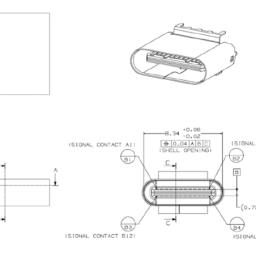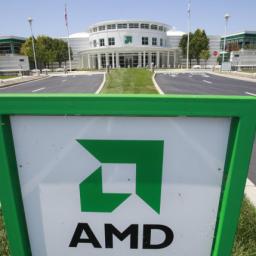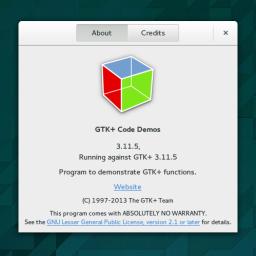I haven't posted a progress report in a while, and I wouldn't expect everyone to follow the mailing list, so here's a short list of the latest features of the site.
JournalsJournals are now enabled for all user accounts! Similar to the venerable Slashcode journal, the Pipedot version allows you to write your extended thoughts and post them in the familiar story-like form - complete with comments and community moderation. An example journal story
can be found here.
Feed PageIf you where previously using the root of your user page (e.g.
http://bryan.pipedot.org/) to display your feed page, you will need to instead append "/feed/" to the end of your shortcuts (i.e.
http://bryan.pipedot.org/feed/) Sorry for the inconvenience.
Message IDOriginally, I adopted a similar system as Slashcode, where each object gets an auto-incrementing integer. However, this global increment is just not usable in terms of a distributed system. And so, after rewriting a large chunk of the site, objects are now given a unique ID that looks more like a
Message-ID from Email and Usenet messages.
This change had an unintended side effect of making some links a bit long and kinda ugly. For example, a link to a comment can be 55 characters long (e.g.
http://pipedot.org/comment/1392545397_bryan_pipedot_org) Which leads me to the next item...
Short CodesAll items (stories, comments, polls, etc...) on this site are now assigned a short code similar to those seen on Twitter (t.co), Google (goo.gl), bit.ly, and others - except that it's built into the site and automatic.
For example, the full URL of a poll could be rather long:
http://pipedot.org/poll/2014-05-19/when-dystopia-comes-it-will-look-likeBut it can be shortened to:
http://pipedot.org/3XCThese links are useful for character limited services, such as Twitter posts, as well as any other scenario where a shorter link would be appreciated. Also, like other link shortener services, you can tack a "+" on to the end of the short link to get statistics on who has clicked it.
After a few people mentioned the ugliness of the Message ID style links, I realized that short codes could also work in place of the long Message ID. Therefore, even the unshortened links are again shorter. (e.g.
http://pipedot.org/comment/2S4B)
SoylentNews FederationI thought the SoylentNews federation would be a cool mini-project. Combine the efforts of two nearly identical sites while improving the resiliency of both. If you missed it (the feature was online for less than a day) the idea was to combine all stories and posts from both sites into one feed. However, I seem to have greatly underestimated the disdain for such a function. Because I'm not overly fond of receiving
that many threats and hate mails in a single day, I've simply turned it off and removed all references to SoylentNews in the code.
GravatarsPipecode has long supported a profile picture. This feature allows you to show off your mugshot on your user page and various other places. Of course, thus far, only 4 people had managed to find and update their picture. To help prevent a missing image when viewing a profile, I've added
Gravatar support to automatically populate profile images. If you do not have a Gravatar, you can still manually update your profile image with the old method. You can also disable Gravatar updates to your picture by unchecking the Gravatar option on your profile settings page.
Retina ImagesNearly all images, icons, and logos on the site now support "retina" displays. So if you are blessed by a device with an incredibly high DPI screen, the graphics here should all look especially crisp.
 Intel has released more information regarding the availability of Skylake, their successor to Broadwell. The first surprise is that Skylake is still on track for an end of year release in 2015. After the delays with Broadwell, many thought that the Skylake roll-out would be similarly pushed back. Because of the lack of delay, the first Skylake chips will ship to manufacturers only a few months after the general availability of desktop Broadwell models.
Intel has released more information regarding the availability of Skylake, their successor to Broadwell. The first surprise is that Skylake is still on track for an end of year release in 2015. After the delays with Broadwell, many thought that the Skylake roll-out would be similarly pushed back. Because of the lack of delay, the first Skylake chips will ship to manufacturers only a few months after the general availability of desktop Broadwell models.





